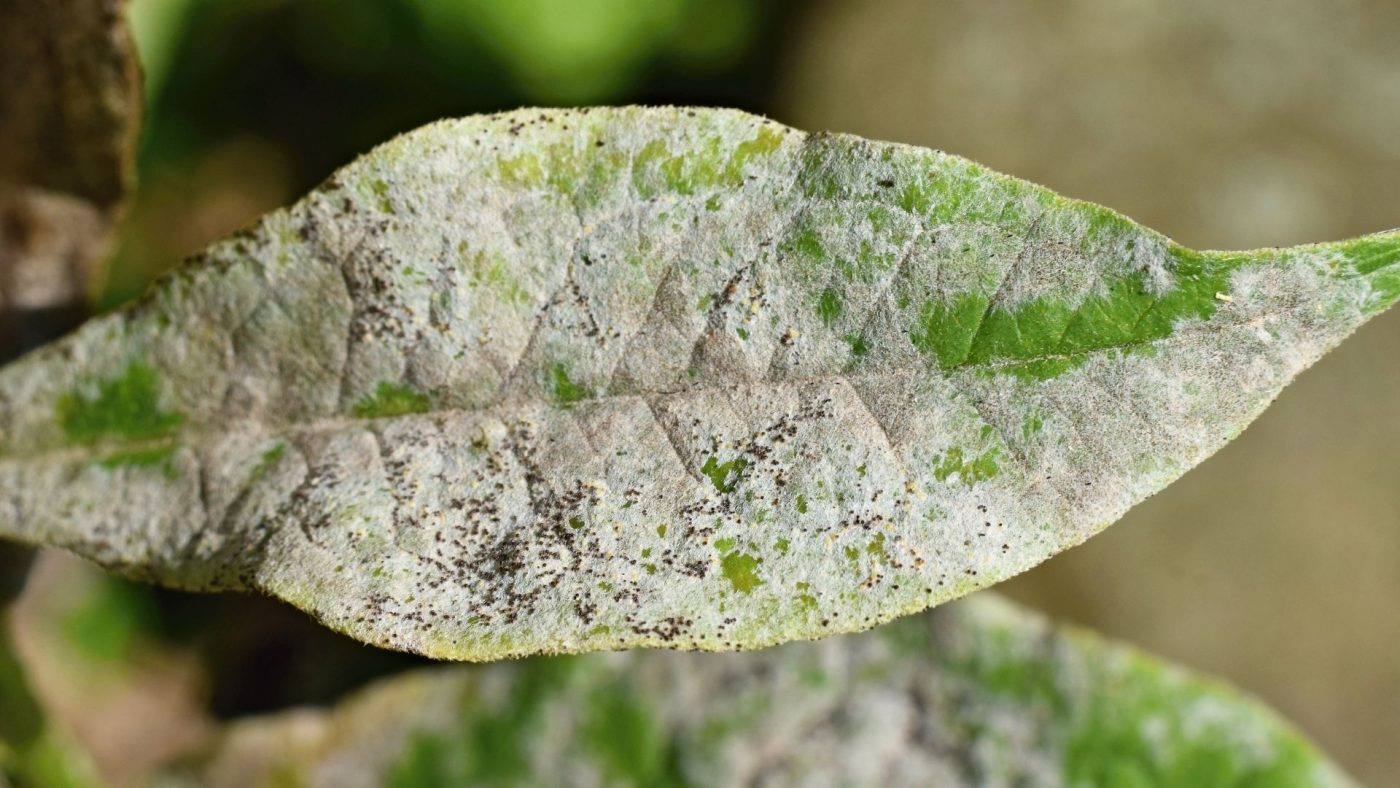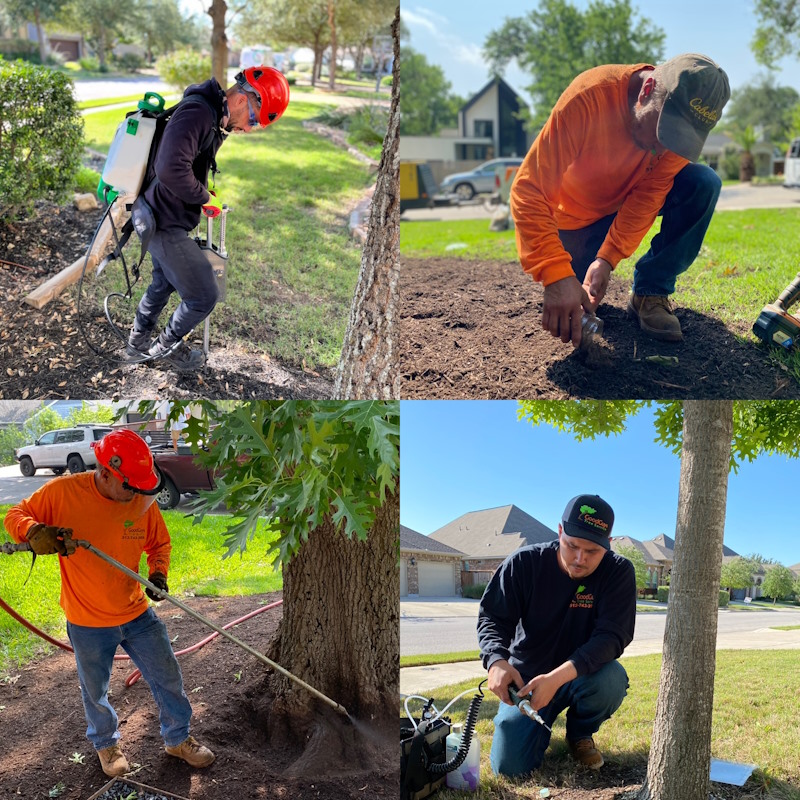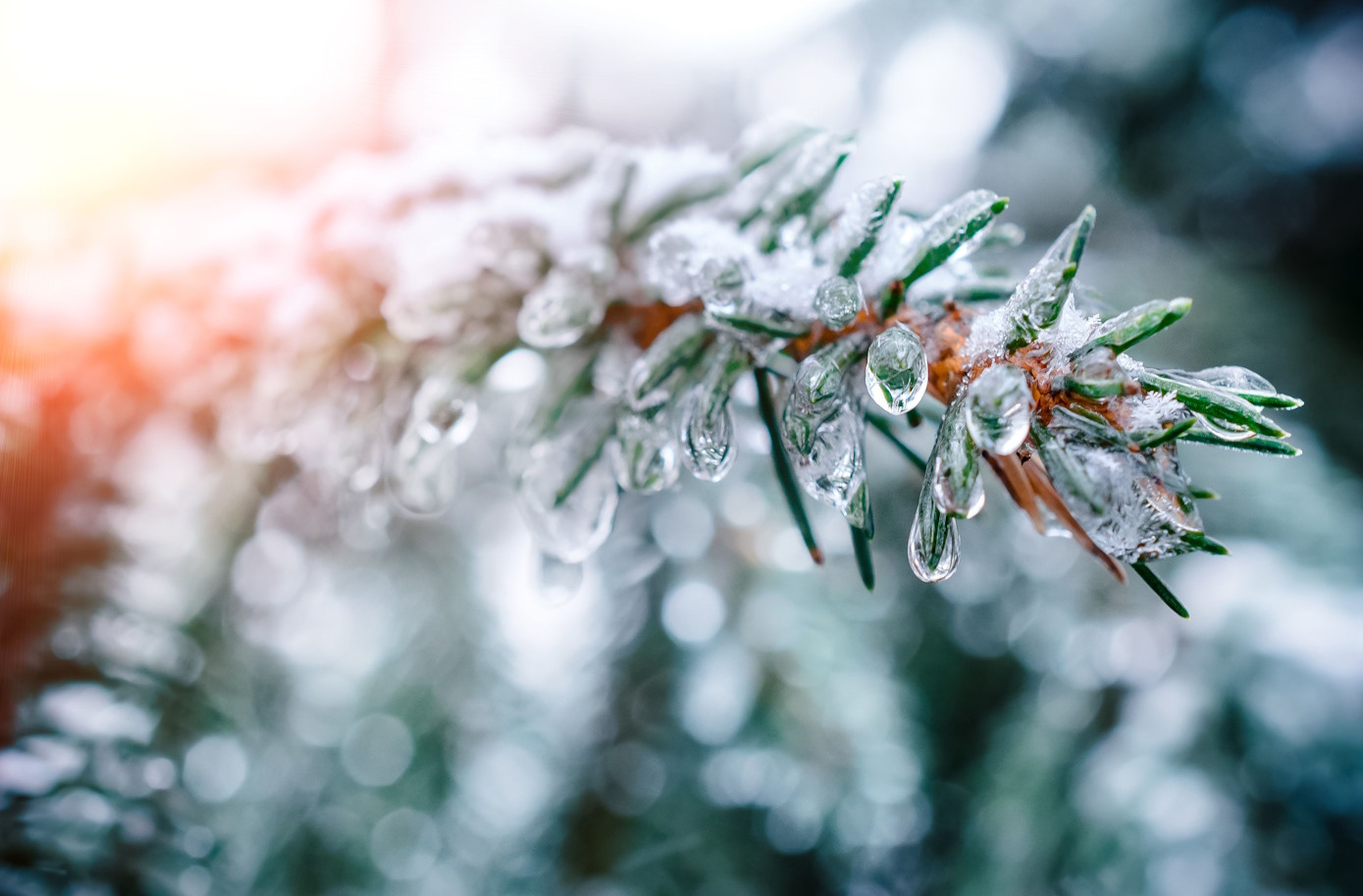Late summer in Central Texas brings not only scorching heat but also an array of challenges for trees, particularly when it comes to leaf diseases. During this period, trees are often stressed from prolonged high temperatures and occasional drought conditions, making them more susceptible to various pathogens. One of the most common afflictions is powdery mildew, which appears as a white, powdery substance on the surface of leaves. This fungal disease thrives in the warm, dry conditions typical of late summer and can affect a wide range of tree species, including oaks, maples, and crepe myrtles. Although powdery mildew rarely kills trees, it can significantly weaken them, leading to reduced growth and vigor.
Another prevalent issue is bacterial leaf scorch, which is caused by the bacterium Xylella fastidiosa. This disease manifests as browning leaf edges and can eventually lead to leaf drop and branch dieback if left unchecked. Bacterial leaf scorch is particularly troubling for species such as oaks, elms, and sycamores, which are common in Central Texas landscapes. The bacteria are spread by xylem-feeding insects like leafhoppers and spittlebugs, making control efforts challenging. To mitigate the impacts of these diseases, it is crucial for homeowners and landscapers to implement proper tree care practices, including adequate watering, mulching, and timely pruning. Early detection and intervention are key to maintaining tree health and ensuring the longevity of Central Texas’s urban and natural forests.







